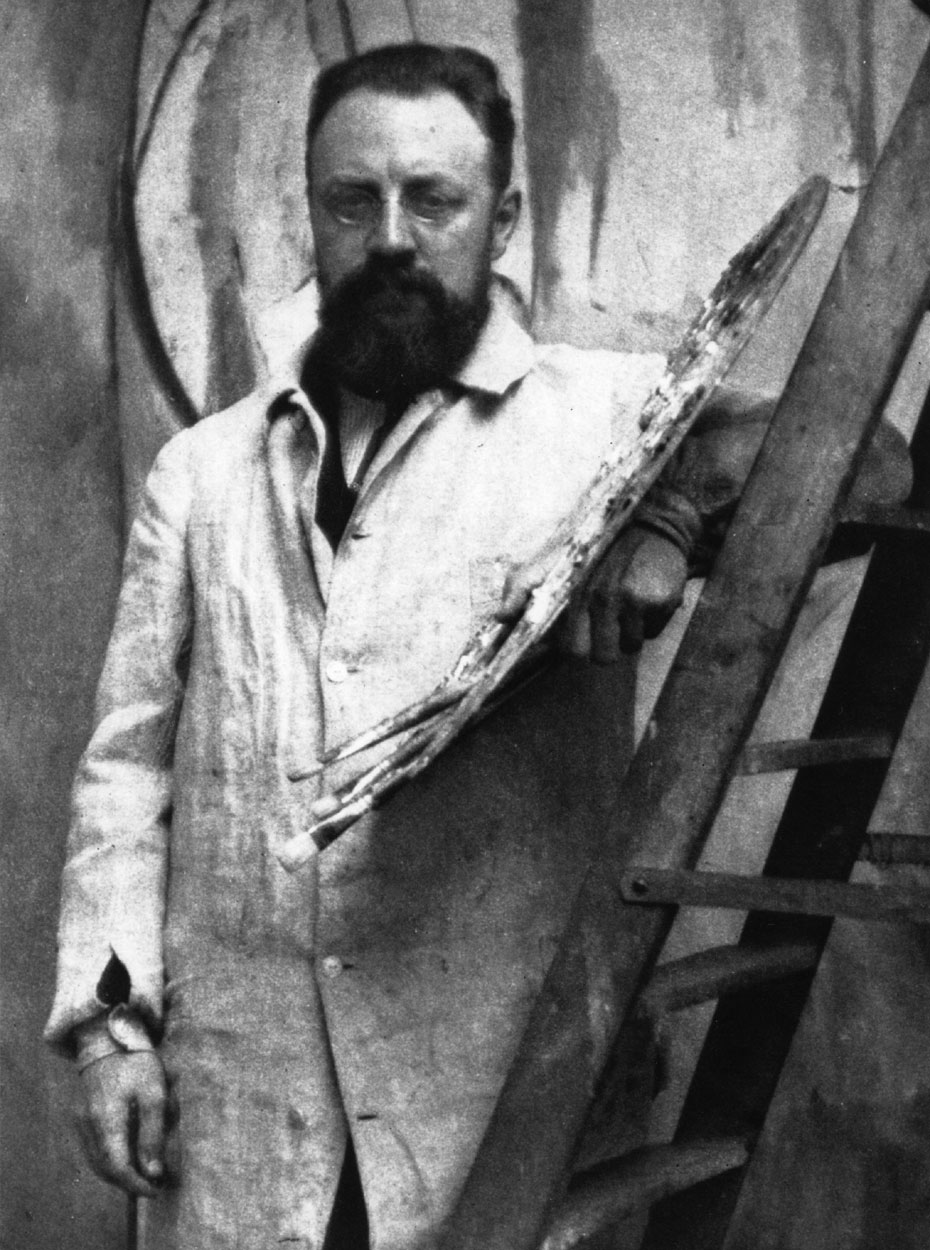
EARLY 20TH CENTURY

Unit Overview
In this unit you will be introduced to the changing artistic trends of the 20th century. First you will be introduced to Fauvism, German Expressionism, and then Pre-War Vienna. Techniques, such as gilding, will be discussed as well as an analysis of artist’s changing views.
I. A Good Change?
Art changed completely in the 20th century. With the birth of Modernism, a rapid succession of "isms" followed, movements in which artists rejected naturalism- representing the physical world realistically- and academic art- with its emphasis on classical traditions. The artists of this period experimented with technique and form, questioning the very nature of art and humanity. In this unit, you will explore the following movements: Fauvism, German Expressionism, and Pre-War Vienna. The Fauves (“wild beasts”) gave rise to the first of the 20th century “isms” with their wild use of color. German Expressionists were equally wild with their choice of colors and distorted shapes. These strange shapes and colors, critics think, expressed their views on society.
Fauvism exploded onto the Paris art scene in 1905. Its bright, pure colors and flattened perspective signaled a new era. Unwittingly, a small group of French artists had developed the first modern art movement.
II. Artist spotlight: Henri Matisse
History recalls Henri Matisse as one of the giants of twentieth-century art. Readily identified with the fauvist (wild beasts) art style and later with paper cutouts, Matisse continued experiments with color and line throughout his art career.
Henri Matisse was born on New Year’s Eve in 1869 to a grain merchant father and a mother who was artistically inclined (she painted china and made hats). He lived in Bohain, France, until his father sent him to Paris to study law. At the age of 18 he was enrolled at the Faculty of Law in Paris, soon passed his law exams, and took a job as a law office clerk. It was a vocation that hardly interested the young man, as he preferred to spend most of his time at the Louvre. When Matisse was twenty, he went to St. Quentin and began drawing classes. Shortly after completing his first painting in 1890, he returned to Paris to study art despite his father’s disapproval.


Matisse said, "In modern art, it is indubitably to Cézanne that I owe the most." By studying Cézanne’s fragmented planes -- which stretched the idea of the still life to a forced contemplation of color surfaces themselves -- Matisse was able to reconstruct his own philosophy of the still life. In this way, his first paintings lay an appropriate foundation for later works; he sought to depict the emotions he felt in an object rather than just the mathematical dimensions of that object. “When you draw a tree,” he often said, “you must feel yourself growing with it.”
By 1896, Matisse was successfully exhibiting his paintings in Paris. Within a decade, Matisse was the recognized leader of the art style known as Fauvism, a style characterized by its unusual use of bold and often illogical colors. It was during this period when Matisse met Picasso for the first time. Although the initial meeting was not especially cordial, a relationship of mutual respect and professional exchange later developed.
III. The Art of Gilding
Gilding is the process of applying a thin layer of gold, silver, or other metal leaf to a frame. Gustav Klimt used gold leaf to illuminate his famous decorative paintings. Gold leaf is 24 karat gold that is pounded into an extremely thin sheet.


Beating gold into leaves as thin as 1⁄280,000 inch (0.00009 millimetre) is done by hand, although machines are used as well. The newly-beaten leaves are packed between tissue leaves in small books. The sheets are then able to be rolled onto a surface from the tissue book.
The gilder detaches the amount of gold leaf needed with a pointed tool. The leaf is held to the tip with static electricity; the gilder generates this by rubbing the tip over his hair. The gold leaf is then transferred to the design. Gold leaf is sometimes run through a fine-mesh sieve, and turned into powder. Since powdered gold is so costly, bronze powders are usually substituted. Metallic powders are often mixed with a lacquer and applied as metallic paint.
IV. Timeline
You are required to pick TWO works of art from each unit and add them to your timeline. When you have done so, you will upload your word document to the question section so that your teacher can check on it. Add on to the timeline you received in the first unit.
 |
| Unit 15 Early 20th Century Worksheet |
| Unit 15 Cornell Notes Worksheet |